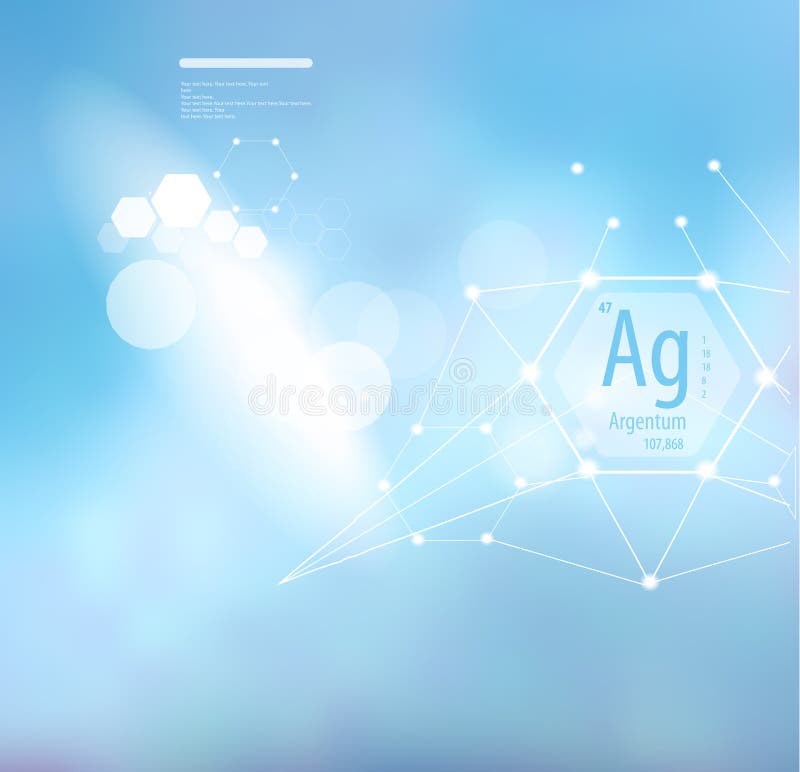

How do you write the electron configuration for Silver? The electronic configuration of Silver will be 1s2 2s2 2p6 3s2 3p6 3d10 4s2 4p6 4d10 5s1. What is the electronic configuration of Silver 47? What is the boiling Point of Silver in Kelvin?īoiling Point of Silver in Kelvin is 2435 K. Melting Point of Silver in Kelvin is 1234.93 K. What is the melting Point of Silver in Kelvin? What is the boiling Point of Silver?īoiling Point of Silver is 2435 K. Silver has 47 electrons out of which 1 valence electrons are present in the 4d10 5s1 outer orbitals of atom. How many valence electrons does a Silver atom have? Silver was first isolated by Asia Minor in ca. The element Silver was discovered by in year Before 5000 BCE. It is located in group 11 and period 5 in the modern periodic table.

Silver is the 47 element on the periodic table. Silver is a chemical element with the symbol Ag and atomic number 47. What is the position of Silver in the Periodic Table?


Silver is a chemical element with symbol Ag and atomic number 47. To form abbreviated notation of electronic configuration, the completely filled subshells are replaced by the noble gas of the preceding period in square brackets. The abbreviated electronic configuration of Silver is 4d10 5s1. What is the abbreviated electronic configuration of Silver? The electronic configuration of Silver is 1s2 2s2 2p6 3s2 3p6 3d10 4s2 4p6 4d10 5s1. What is the electronic configuration of Silver? Silver Thermal Properties - Enthalpies and thermodynamics Optical Properties of Silver Refractive IndexĪcoustic Properties of Silver Speed of Sound Silver Heat and Conduction Properties Thermal Conductivity Refer to table below for the Electrical properties ofSilver Electrical Conductivity Hardness of Silver - Tests to Measure of Hardness of Element Mohs Hardness That implies that you won't have two electrons in the 5s orbital, since one will be kept in the lower 4d orbitals.Refer to below table for Silver Physical Properties Densityġ0.49 g/cm3(when liquid at m.p density is $9.32 g/cm3) The thing to remember here is that in silver's case, the 4d orbitals will be completely filled. Now do the same for the 4d and 5s orbitals This means that you will have to switch the 3d orbitals on one hand, and the 4s and 4p orbitals on the other. Now, for the energy level #n#, the d-orbitals that belong to the #(n-1)# energy level are lower in energy than the s and p orbitals that belong to the #n# energy level. So, here's how silver's electron configuration would look if it followed the Aufbau principle to the letter Now, you have to be a little careful with silver because it is a transition metal, which implies that the occupied d-orbitals are actually lower in energy than the s-orbitals that belong to the highest energy level. 6 A heavy, silvery d-block element, mercury is the only metallic. It is also known as quicksilver and was formerly named hydrargyrum ( / hadrrdrm / hy-DRAR-jr-m) from the Greek words hydro (water) and argyros (silver). This tells you that a neutral silver atom will have a total of #47# electrons surrounding its nucleus. Mercury is a chemical element with the symbol Hg and atomic number 80. Silver, #"Ag"#, is located in period 5, group 11 of the periodic table, and has an atomic number equal to #47#.


 0 kommentar(er)
0 kommentar(er)
